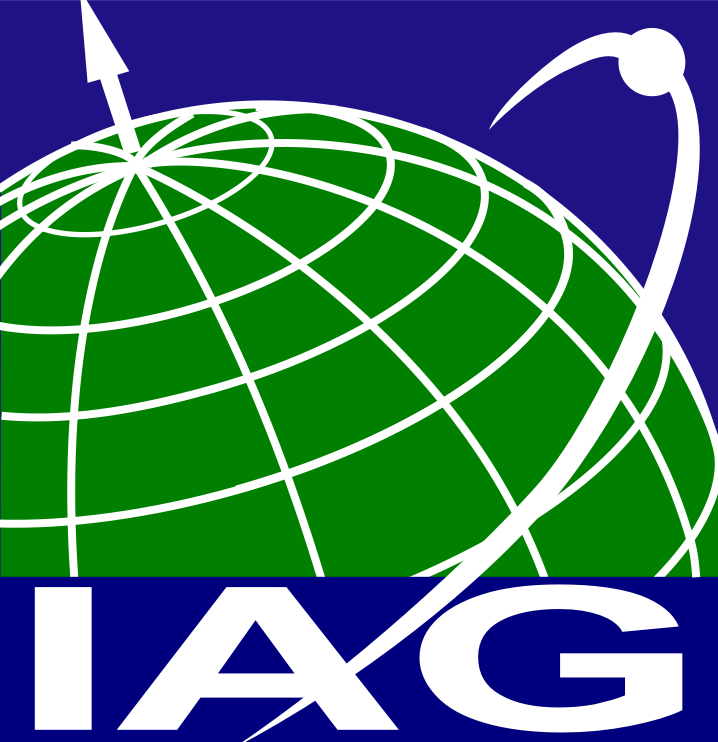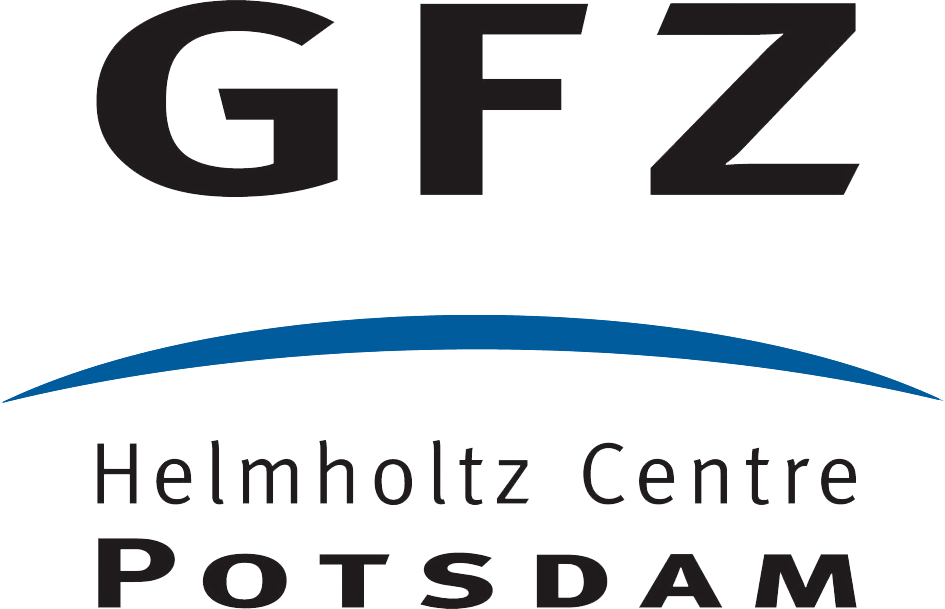 Released
Released Dataset
DatasetRock-Ocean-Lake-Ice topographic gravity field model (ROLI model) expanded up to degree 3660
Cite as:
Abrykosov, Oleh; Ince, E. Sinem; Foerste, Christoph; Flechtner, Frank (2019): Rock-Ocean-Lake-Ice topographic gravity field model (ROLI model) expanded up to degree 3660. GFZ Data Services. https://doi.org/10.5880/ICGEM.2019.011Status
I N R E V I E W : Abrykosov, Oleh; Ince, E. Sinem; Foerste, Christoph; Flechtner, Frank (2019): Rock-Ocean-Lake-Ice topographic gravity field model (ROLI model) expanded up to degree 3660. GFZ Data Services. https://doi.org/10.5880/ICGEM.2019.011 Abstract
Abstract
The determination of the global gravity field has gained momentum due to high accuracy satellite-derived observations and development of forward gravity modelling. Forward modelling computes the global gravitational field from mass distribution sources instead of actual gravity measurements and helps improving and complementing the medium to high frequency components of the global gravity field models. In this study, we approximate the global gravity potential of the Earth’s upper crust based on ellipsoidal approximation and a mass layer concept. Lateral density variations within a sequence of thin volumetric shells bounded by confocal lower and upper shell ellipsoids are used in the computation of the ellipsoidal harmonic coefficients which are then transformed into spherical harmonic coefficients on the Earth’s surface in the final step. The main outcome of this research is a spectral representation of the Earth’s upper crust’s gravitational potential, computed up to degree and order 3660 in terms spherical harmonic coefficients (ROLI_EllApprox_SphN_3660). Methods
Rock-Ocean-Lake-Ice topographic gravity field model (ROLI model) expanded up to degree 3660Earth’s topographic potential that is implied by masses of four layers, namely, rock, ocean, lake and ice sheets is computed using ellipsoidal approximation approach in spectral domain.
Processing:
- Starting from the deepest point known, 5m interval shells bounded by 2 confocal ellipsoidal surfaces are located based on the Earth2014 elevation information where every single ellipsoid is confocal w.r.t. the reference ellipsoid (GRS80).
- More precisely, it is the gravity field of the Earth’s upper crust since it includes also the modelling of the bathymetry and not only the topography. Due to the conventional reasons, such models are called topographic gravity field models.
- The four layer-specific density values of the topography as given by the new 1’ x 1’ Earth2014 topography model are: Rock: 2670 kg m-3 Ocean: 1030 kg m-3 Lake: 1000 kg m-3 Ice: 917 kg m-3
- The computation starts with the calculation of the potential of each thin shell bounded by the confocal ellipsoids and the procedure is repeated for each shell.
- The potential is derived on the Earth surface after the numerical vertical (over the semi-minor axis) integration of each shell. - In the final step, the ellipsoidal harmonic coefficients are transformed into spherical harmonic coefficients as described in Jekeli (1988).
To allow the evaluation of the ROLI model by synthesis software that by default subtracts the coefficients of a normal gravity field, additional version is available on IAG’s ICGEM Service: ROLI_EllApprox_SphN_3660_plus_GRS80 (ROLI_EllApprox_SphN_3660 + GRS80) . The zonal harmonic coefficients of the GRS80 normal gravity field are added to the coefficients of the ROLI model. The only difference between ROLI_EllApprox_SphN_3660 and ROLI_EllApprox_SphN_3660_plusGRS80 is the zonal (m=0) coefficients
C 0,0 = 1.00000000000000e-00
C 2,0 = -4.84166854896119e-04
C 4,0 = 7.90304072883172e-07
C 6,0 = -1.68725117564870e-09
C 8,0 = 3.46053239783084e-12
C10,0 = -2.65006217677409e-15
C12,0 = -4.10788001637464e-17
C14,0 = 4.47176179093085e-19
C16,0 = -3.46361902667213e-21
Details about the used Earth2014 topography model can be found in Hirt and Rexer (2015, https://doi.org/10.1016/j.jag.2015.03.001)
Authors
Contact
- Abrykosov, Oleh; GFZ German Research Centre for Geosciences, Potsdam, Germany;
Contributors
Reißland, SvenKeywords
ICGEM, Forward gravity modelling, topographic gravity field modellingGCMD Science Keywords
Location
Please, click on markers, line or bounding boxes to see related details in popup.
To explore to full geographic extent of the map please click and drag the map.
Dataset Description
Documented by



 Files
Files